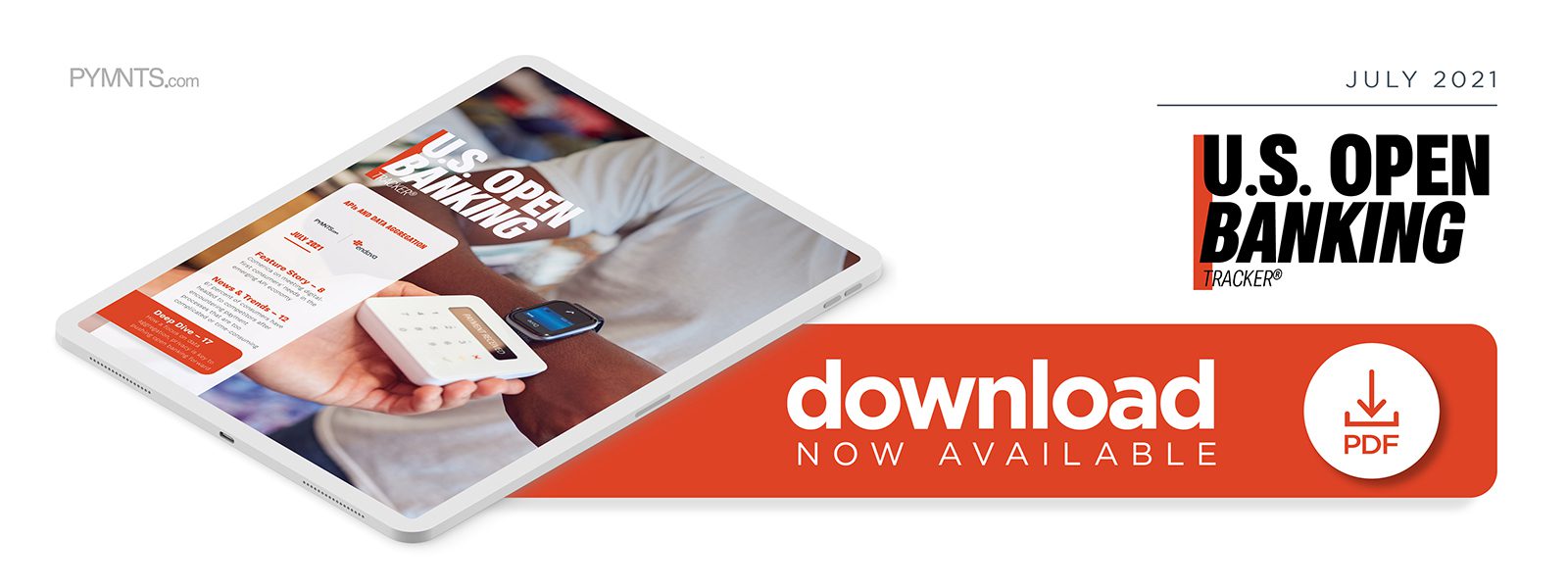Report: Consumer Concerns Over Data Privacy Threaten US Open Banking’s Expansion
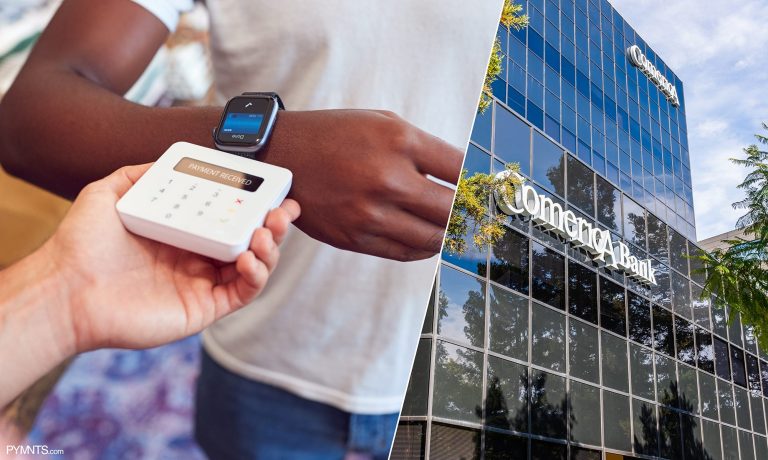
U.S. consumers are coming to their financial institutions (FIs) and favored merchants with new expectations after more than a year spent largely indoors.
They now anticipate being able to flexibly and swiftly pay however they want and wherever they go. Contactless and mobile payment use are ramping up, with one study finding that 92.3 million consumers ages 14 years and older used mobile devices for in-store payments at least once during a six-month period. This means merchants and banks must be prepared to offer these and other methods of payment to keep consumers engaged.
Consumers are also beginning to default to digital channels for their shopping or financial needs, which is prompting them to pay more attention to how digital businesses collect, store and use their data. This is where open banking technologies such as application programming interfaces (APIs) can come into greater play, enabling fast payments while also providing better security.
In the latest U.S. Open Banking Tracker®, PYMNTS analyzes how consumers’ payment and banking expectations have shifted over the past year, as well as how open banking can meet them. It also examines why data aggregation is becoming key for banks and merchants as consumers’ views surrounding online information sharing and privacy change.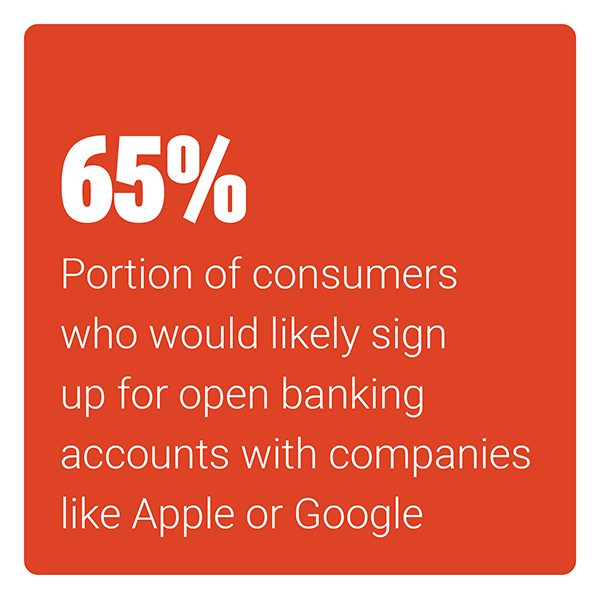
Around The Open Banking Space
U.S. lawmakers recently took steps to broaden the pathway for open banking’s expansion within the nation. President Joe Biden signed an executive order that emphasizes creating fairer competition for companies within multiple industries, including finance. The order provides more guidance for the Consumer Financial Protection Bureau (CFPB) to develop rules surrounding the sharing and storage of consumer data. It enables individuals to have greater access to and control over their information, which makes it necessary for merchants and banks to adopt open banking solutions. The move comes after several U.S. states passed similar consumer data right rules, indicating that interest in open banking is expanding.
Merchants looking to provide customers with faster and more personalized shopping and payment experiences must pay close attention to open banking developments in the U.S. Slower or more cumbersome payments can take a significant toll on businesses’ profits, with one study finding that one in five online merchants worldwide cited outdated payment infrastructure as the reason for a lack of growth at their own organizations. Forty-seven percent of consumers said they had abandoned digital shopping carts — or switched to competitors — when confronted with substandard payment processes. Alleviating these friction points should thus be a top priority for merchants.
FIs and merchants must also fos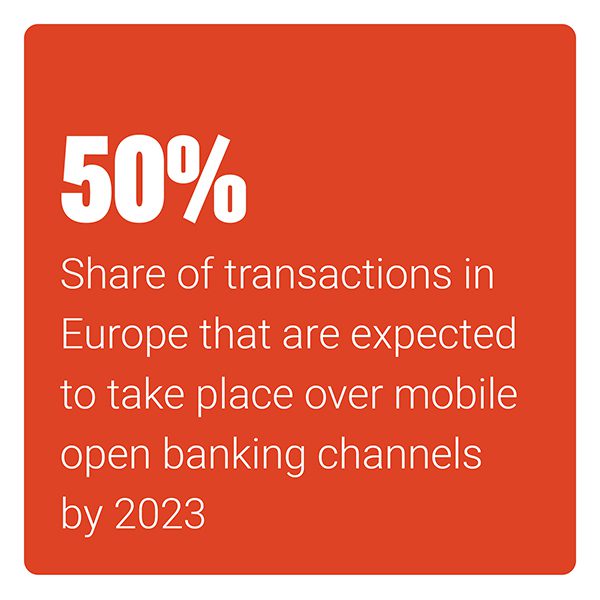 ter consumers’ trust in open banking if the space is to expand, however. A large portion of consumers are still confused about what open banking really is or how it could benefit them, with one study finding that 53 percent of individuals view open banking as a “dangerous” way to share data, for example. This makes education essential, especially as consumers’ concerns regarding data privacy and security mount. Adopting new cybersecurity standards that can keep their personal information safe while creating tools that give them a better understanding of the role APIs and other technologies play will be key to supporting future open banking developments.
ter consumers’ trust in open banking if the space is to expand, however. A large portion of consumers are still confused about what open banking really is or how it could benefit them, with one study finding that 53 percent of individuals view open banking as a “dangerous” way to share data, for example. This makes education essential, especially as consumers’ concerns regarding data privacy and security mount. Adopting new cybersecurity standards that can keep their personal information safe while creating tools that give them a better understanding of the role APIs and other technologies play will be key to supporting future open banking developments.
For more on these and other stories, visit the Tracker’s News & Trends.
How FIs, Businesses Can Compete In The Developing API Economy
Individuals and businesses are expecting increasingly seamless and swift online payment and banking experiences, pressuring FIs to offer these services. Working closely with other FIs, FinTechs and payment providers is a must if financial services providers are to enable the smooth payment experiences consumers expect, explained Megan Crespi, executive vice president and chief operations and technology officer Comerica. This is where open banking could come into greater play, allowing FIs and merchants to harness a broader collection of data to develop more personalized and convenient solutions.
To learn more about how businesses and FIs must cultivate partnerships and embrace open banking, visit the Tracker’s Feature Story.
Deep Dive: How Open Banking Can Help Meet Consumers’ And Regulators’ Changing Data Privacy And Security Expectations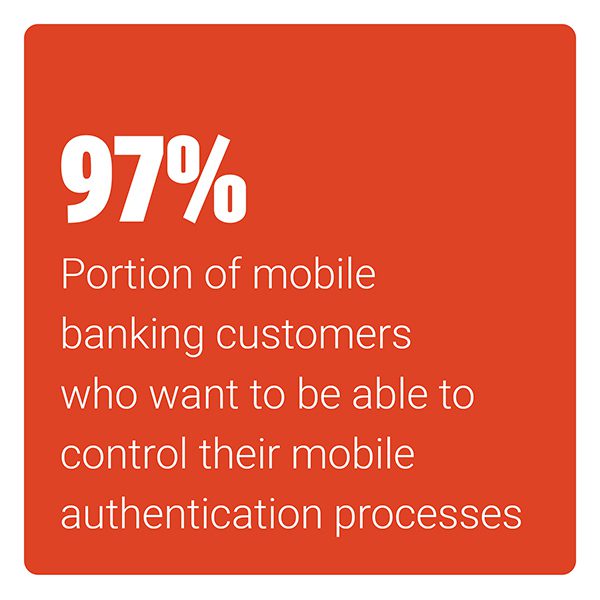
Consumers, businesses and banks are more closely examining how their data is stored and shared, creating growing interest in open banking. Recent rules such as the executive order signed by Biden are also giving FIs more guidance on data transparency with the aim of improving competition for both banks and businesses.
To learn more about how consumers’ privacy and security needs have shifted and how open banking can help meet them, visit the Tracker’s Deep Dive.
About The Tracker
The U.S. Open Banking Tracker®, a PYMNTS and Endava collaboration, examines how open banking developments are affecting U.S. retail payment trends and future developments.
